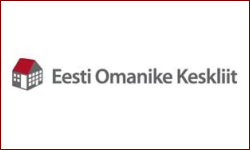 Profitability remains a concern
Profitability remains a concern- Developments across subsectors vary
- Challenges ahead
Sales are on the rise, but profitability remains a concern
Retail trade enterprises expect their sales to rise (by 6.1% in 2017, according to a recent Swedbank survey), and they plan to employ more people in the near future, just as in previous years. Profitability is still a concern, however. The profit-to turnover-ratio has been declining in recent years. Surging labour costs are hampering profitability, as in other sectors in Estonia. According to a Swedbank survey, 32% of retailers had at least one shop operating with a loss (every 7th store was nonprofitable). First-quarter financial data of retailers show a somewhat better picture than one year ago. Unlike the past three years, sales grew faster than expenditure, and, therefore, profitability improved.
Developments across subsectors vary
While the sales of primary necessities, including food and motor fuel, still constitute the largest part in the consumer basket, people are spending more and more on entertainment, hobbies, etc. In 2016, the profit’s share in turnover was the smallest among pharmacies, clothing and footwear stores, supermarkets, and gasoline sellers. Profitability is higher among online retailers (where costs are probably lower), and other specialised stores (where competition could be less fierce than in the supermarket segment, e.g.).
Challenges ahead
The situation in the retail market will only become more challenging. First, the purchasing power of wage earners will grow much less this year than in the past. This, in turn, will limit households’ consumption. Second, competition will grow. In addition to the increasing popularity of e-commerce, new retailers could enter the market. Also, a continuous expansion of retail space could mean lower sales in some locations from which stores might find it hard to leave, due to binding rental agreements.















